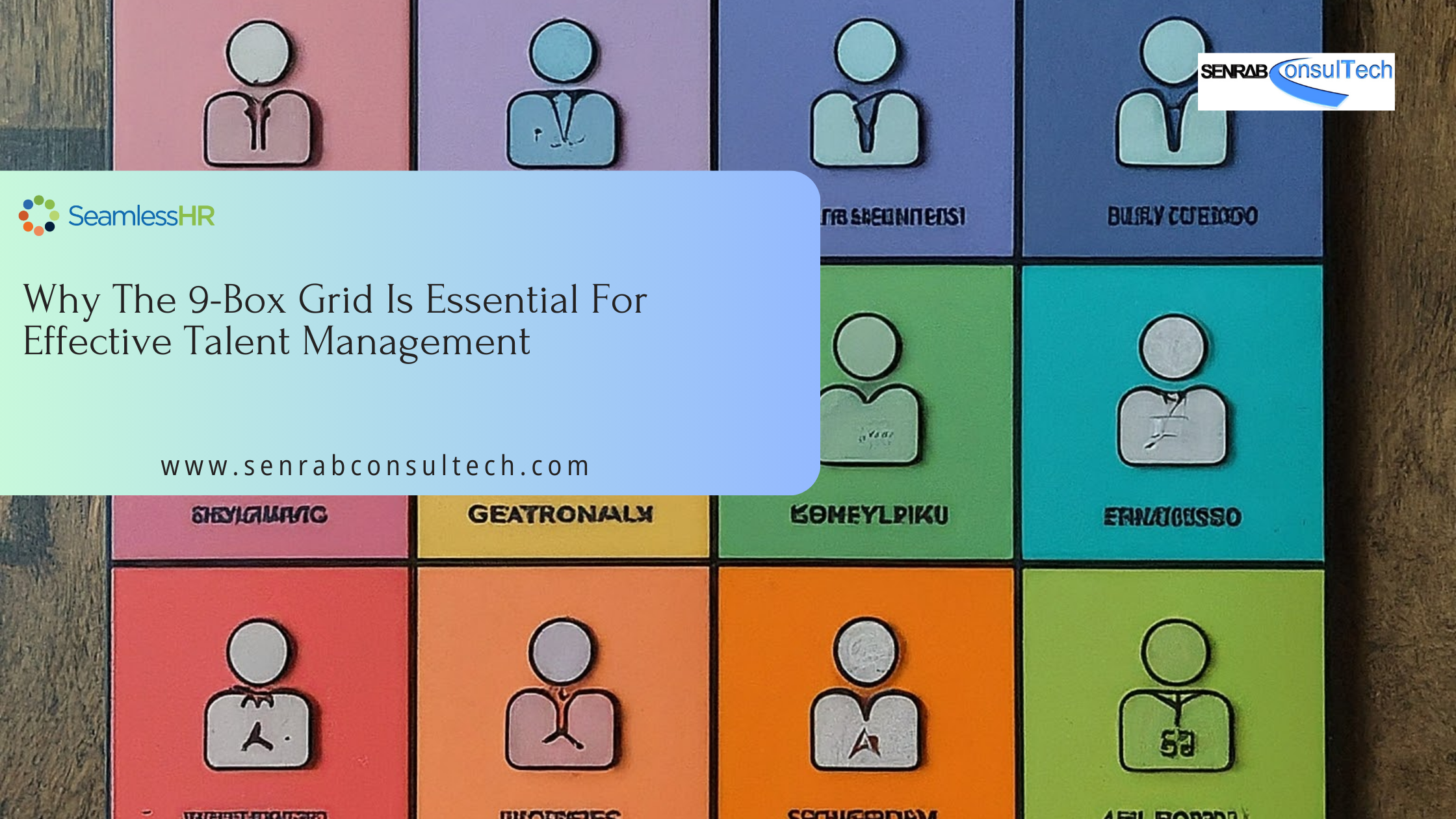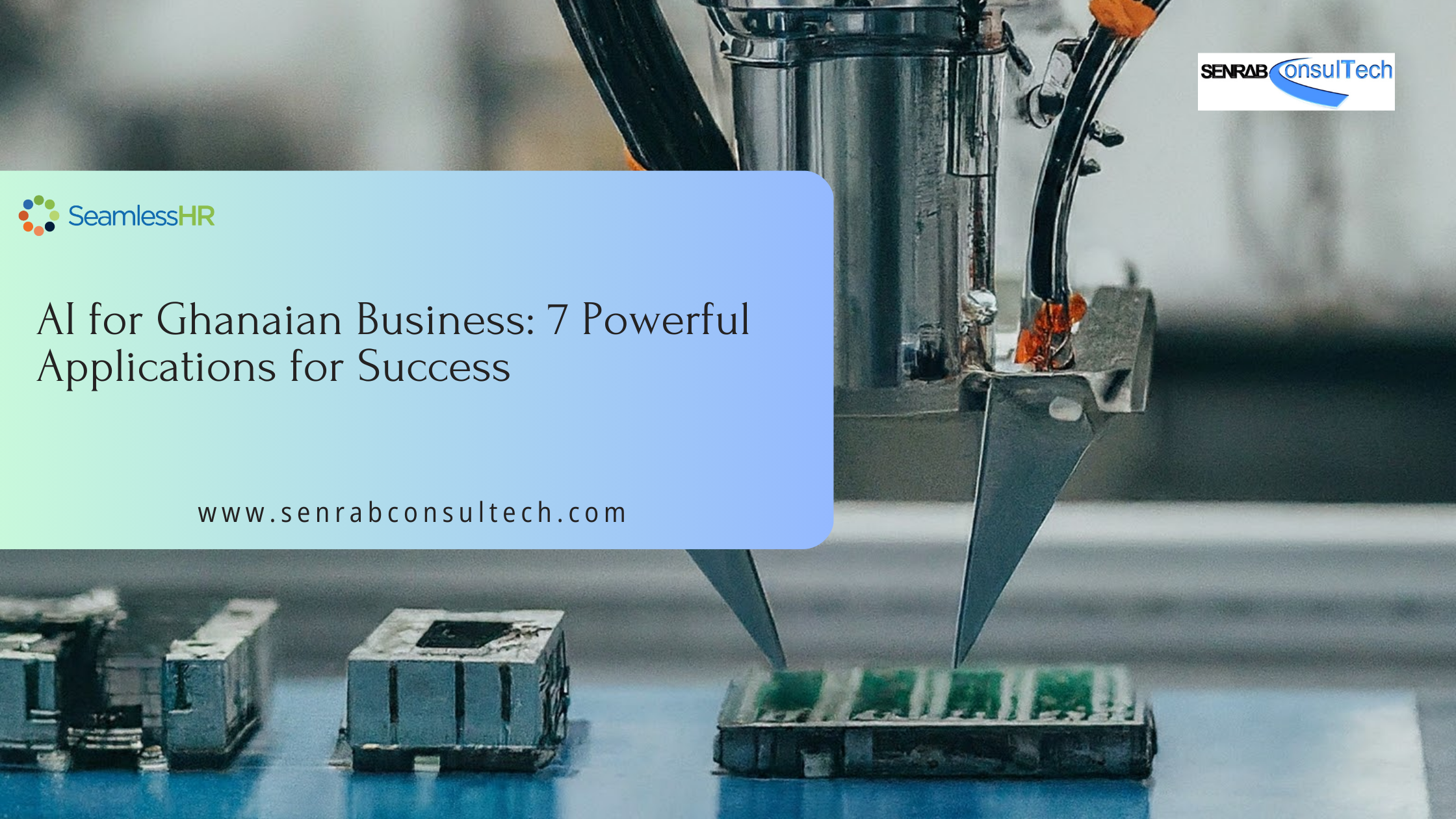HRMS software, Transforming your HR department from a sea of paperwork and endless administrative tasks into a streamlined, efficient powerhouse by using a software that effortlessly manages everything from employee records to payroll, allowing you to focus on nurturing talent and driving your business forward.
Companies are now leveraging technology to streamline HR processes, improve employee experience, and drive strategic decision-making. At the heart of this transformation is Human Resource Management System (HRMS) software, a tool that integrates various HR functions into a single, cohesive system.
However, with so many options available, selecting and implementing the right HRMS software can be daunting. This article will guide you through the key features to look for in HRMS software and the steps to successfully implement it in your organization.

Key Features To Look For In HRMS Software
When choosing an HRMS software solution, it’s essential to focus on features that will meet your organization’s needs both now and in the future. Here are some critical features to consider:
Comprehensive Employee Data Management
One of the primary functions of HRMS software is to centralize and secure employee records. The software should allow you to manage everything from personal information to payroll, benefits, and performance data in one place.
Features like digital onboarding, automated payroll processing, and benefits management are crucial for reducing administrative burdens and ensuring accuracy in employee data. A robust HRMS should also offer self-service portals for employees, enabling them to update their information, access pay stubs, and manage benefits independently.
Scalability And Flexibility
Your business is likely to grow and evolve over time, so it’s important to choose HRMS software that can scale with your organization. Look for solutions that offer flexibility in terms of adding new modules or customizing features to meet specific needs.
Whether you are expanding your workforce or introducing new HR processes, the software should be adaptable and capable of handling increased demands without compromising performance.
User-Friendly Interface
An HRMS should simplify HR tasks, not complicate them. A user-friendly interface is crucial for ensuring that HR teams and employees can easily navigate the system. The software should have an intuitive design, with clear menus and dashboards that make it easy to access essential functions.
Mobile accessibility is another important consideration, as it allows employees to access HR services on the go, enhancing their overall experience and engagement.

Robust Reporting And Analytics
In the age of data-driven decision-making, HRMS software must offer advanced reporting and analytics capabilities. The ability to generate custom reports and track key metrics like employee turnover, attendance, and performance is invaluable for HR leaders.
These insights can help identify trends, forecast future needs, and inform strategic decisions. Look for software that offers real-time analytics and customizable reports to meet your specific requirements.
Compliance And Security Features
Staying compliant with local labor laws and data protection regulations is a top priority for any organization. Your HRMS software should help you manage compliance by automating tasks like tracking employee hours, managing leave, and ensuring adherence to legal requirements.
Additionally, the software must have robust security measures, such as encryption, access controls, and regular security audits, to protect sensitive employee data from breaches or unauthorized access.
Steps To Successfully Implement HRMS Software
Once you’ve selected the right HRMS software, the next step is implementing it effectively within your organization. A well-planned implementation process is critical to ensuring a smooth transition and maximizing the software’s benefits. Here are the key steps to follow:
Assess Your Organization’s Needs
Before diving into implementation, it’s essential to conduct a thorough needs analysis. This involves evaluating your current HR processes, identifying gaps, and determining what features are most important for your organization. Involving key stakeholders—such as HR leaders, IT professionals, and department heads—in this process ensures that all perspectives are considered, and the chosen solution aligns with your business goals.
Selecting The Right Vendor
Choosing the right vendor is as important as selecting the right software. Look for vendors with a proven track record of successful HRMS implementations and strong customer support. Evaluate them based on their product features, pricing, scalability, and customer reviews. It’s also helpful to review case studies or client testimonials to see how the software has been implemented in similar organizations. Seamless HR, for example, offers HRMS solutions tailored to the specific needs of businesses, with a focus on user experience and long-term support.
Planning The Implementation Process
A detailed implementation plan is critical to ensuring a successful rollout. Start by developing a timeline that outlines key milestones and deadlines. Assign responsibilities to team members for tasks like data migration, system configuration, and user training. One of the most important aspects of implementation is data migration—transferring existing employee data into the new system. Ensuring data accuracy during this process is crucial to avoid issues down the line.
Training And Support
No matter how user-friendly the software is, proper training is essential for a smooth transition. Provide comprehensive training sessions for HR staff and employees, covering the system’s core functionalities and any new processes. Ensure that the training is ongoing and that there are resources available, such as manuals or online tutorials, for users to refer to as they become familiar with the software. Additionally, having ongoing support from the vendor is crucial for addressing any issues that arise during and after implementation.
Monitoring And Optimization
Implementation doesn’t end with the software going live. Continuously monitor the system’s performance and gather feedback from users to identify any issues or areas for improvement. Regularly review the software’s functionality to ensure it meets your organization’s evolving needs. This ongoing optimization process will help you fully realize the benefits of your HRMS software and keep it aligned with your business goals.
Common Challenges And How To Overcome Them
Implementing HRMS software can present challenges, but with the right strategies, these can be effectively managed.
Resistance To Change
Employees may resist adopting new systems, especially if they are accustomed to old processes. To overcome this, involve employees early in the implementation process, communicate the benefits of the new system, and provide adequate training and support.
Data Migration Issues
Transferring data from legacy systems to a new HRMS can be complex and prone to errors. To ensure a smooth data migration, conduct thorough data audits before the transfer, and consider a phased approach where data is moved in stages rather than all at once.
Underutilization Of Features
Organizations often underutilize the full range of features available in HRMS software. Encourage continuous learning and exploration of the software’s capabilities to ensure that you’re maximizing your investment.
Conclusion
Selecting and implementing the right HRMS software is a crucial step in transforming your HR processes and driving business success. By focusing on the key features that align with your organization’s needs and following a structured implementation plan, you can unlock the full potential of HRMS software.
Seamless HR offers comprehensive HRMS solutions designed to meet the unique needs of businesses, ensuring that your HR functions are not only streamlined but also positioned to support your organization’s growth and success. Take the first step today by exploring how Seamless HR’s solutions can revolutionize your HR management.
Contact Senrab ConsulTech today to learn how Seamless HR can transform your HRMS processes and drive success and efficiency in 2024 and beyond.



